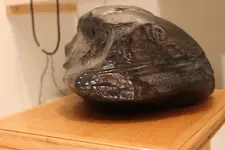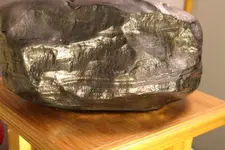Nesslilli48
Greenie
Hi everybody,
I recently have found a rock containing the platinum group metals. My question is how to get a valuation of the rock and who does this kind of work. The rock has been assayed already. The the slow cleaning process is yielding good results so far. Thank you in advance.
I recently have found a rock containing the platinum group metals. My question is how to get a valuation of the rock and who does this kind of work. The rock has been assayed already. The the slow cleaning process is yielding good results so far. Thank you in advance.
Attachments
Upvote
2







